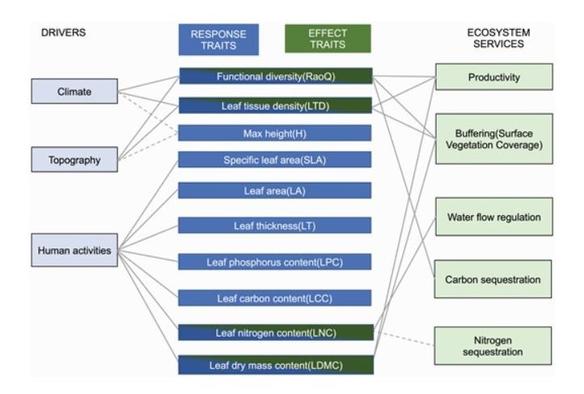#NewPaper out
Maria Milanović et al. (2025) Successful alien plant species exhibit functional dissimilarity from natives under varied climatic conditions but not under increased nutrient availability. Journal of Vegetation Science 36: e70032. https://doi.org/10.1111/jvs.70032
Alien and native species increasing in their abundance did not differ in their leaf traits. We found significantly lower specific leaf area (SLA) with an increase in mean annual temperature and lower leaf Potassium with mean annual precipitation. For trait–environment relationships, when compared to native species, successful aliens exhibited an increase in leaf Phosphorus and a decrease in leaf Potassium with an increase in mean annual precipitation. Finally, aliens' SLA decreased in plots with higher mean annual temperatures.
#NewPublication #biodiversity #ecology #alienSpecies #functionalTraits #NutNet
#xp
